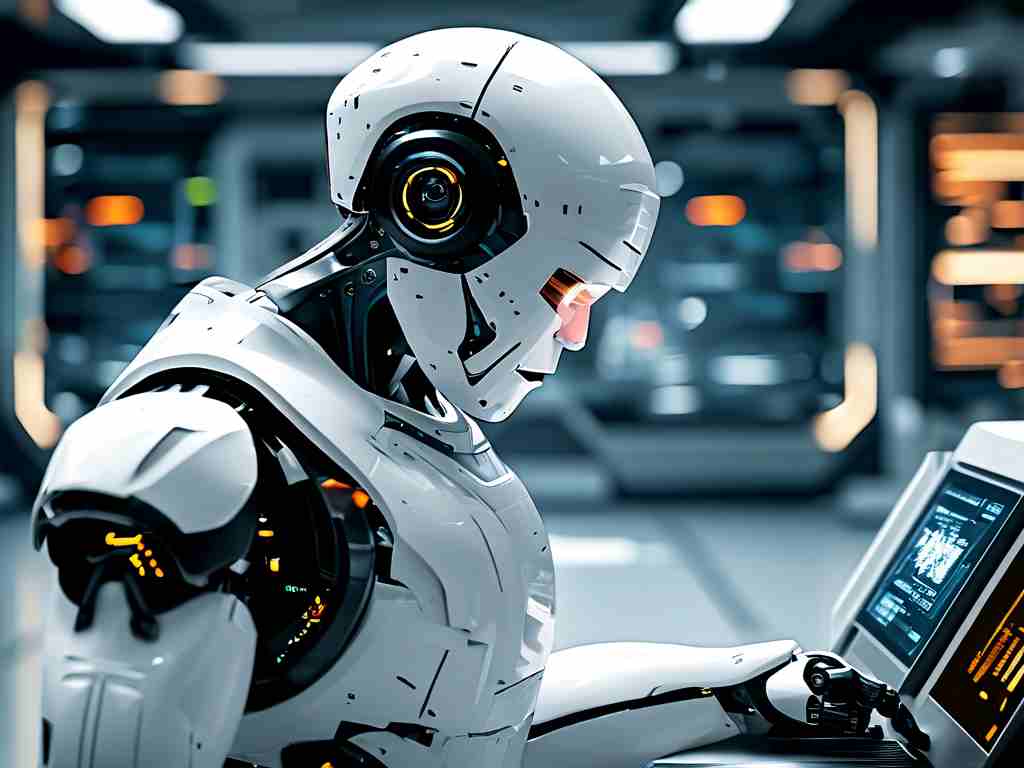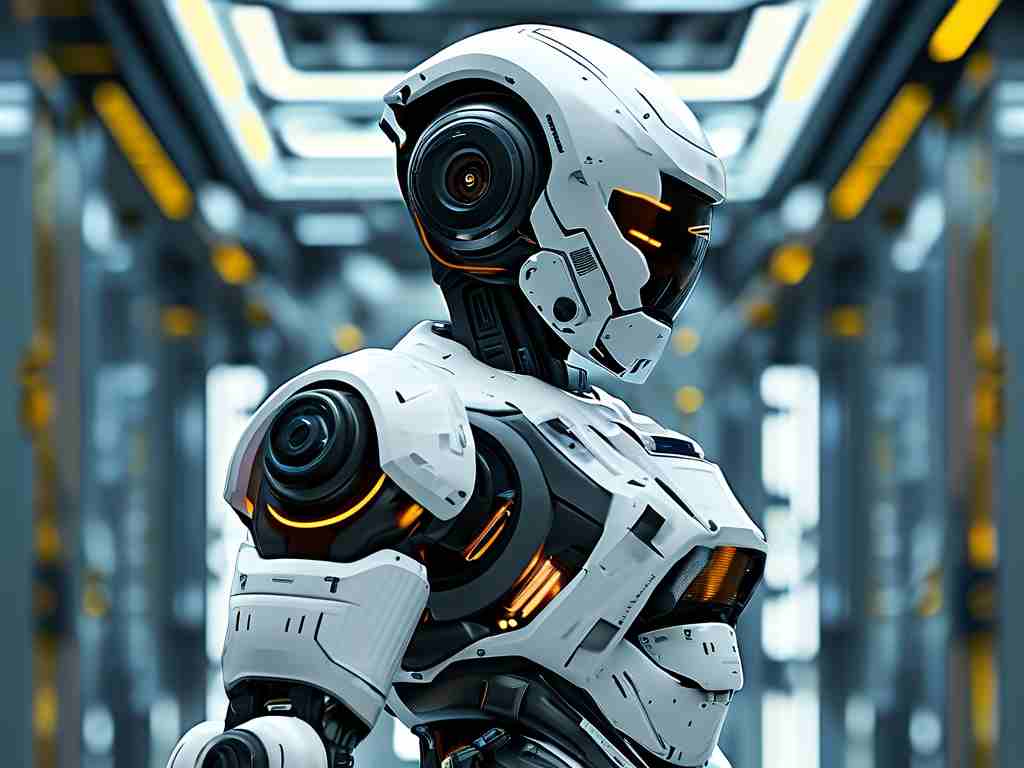The integration of advanced materials in robotics has sparked debates about the necessity of rare metals like platinum. As automation expands across industries, engineers and researchers are questioning whether platinum-based components are indispensable or replaceable. This article explores the role of platinum in robotics, evaluates alternatives, and considers the economic and technical implications of its use.

The Role of Platinum in Robotics
Platinum’s unique properties—high corrosion resistance, exceptional conductivity, and stability under extreme conditions—make it valuable for specialized applications. In robotics, platinum is often used in sensors, electrical contacts, and catalytic converters for hydrogen-powered systems. For instance, precision sensors in industrial robots rely on platinum alloys to maintain accuracy in harsh environments, such as high-temperature manufacturing plants. Similarly, fuel cell robots leverage platinum’s catalytic properties to convert hydrogen into energy efficiently.
However, these applications represent a small fraction of robotic systems. Most consumer and commercial robots operate without platinum-dependent parts. This raises a critical question: Is platinum truly irreplaceable, or are industries overestimating its importance?
Alternatives to Platinum-Based Components
Recent advancements in material science have introduced viable alternatives. Graphene, for example, offers superior conductivity and flexibility, making it a contender for replacing platinum in sensors and circuits. Researchers at the University of Tokyo recently demonstrated a graphene-based sensor that outperformed platinum models in humidity detection. Another alternative, palladium-rhodium alloys, has shown promise in catalytic applications, though cost remains a barrier.
Nanotechnology is also reshaping the landscape. Self-healing polymers and carbon nanotube composites are being tested for durability in robotic joints and connectors. While these materials lack platinum’s luster, they reduce dependency on scarce resources and align with sustainability goals.
Economic and Supply Chain Challenges
Platinum’s scarcity drives its high cost. With over 70% of global reserves concentrated in South Africa, supply chain disruptions—from geopolitical tensions to mining strikes—pose risks. In 2022, a six-month strike at a major South African mine caused platinum prices to surge by 34%, forcing robotics manufacturers to delay projects or seek alternatives.
Recycling platinum from discarded electronics and catalytic converters has gained traction, but recovery rates remain low. A 2023 report by the International Resource Panel revealed that only 23% of platinum is recycled globally, partly due to complex extraction processes. This inefficiency underscores the urgency of finding substitutes.
Ethical and Environmental Considerations
Beyond economics, platinum mining raises environmental and ethical concerns. Open-pit mining devastates ecosystems, while toxic byproducts like sulfur dioxide endanger nearby communities. In Zimbabwe, platinum extraction has contaminated water supplies, affecting over 100,000 residents. These issues conflict with the robotics industry’s growing emphasis on ethical sourcing and carbon neutrality.
Companies like Tesla and Boston Dynamics have publicly committed to reducing “conflict minerals” in their supply chains. While platinum isn’t classified as a conflict mineral, its environmental footprint has prompted firms to explore “green robotics” initiatives. For example, ABB’s latest collaborative robot uses recycled aluminum and bio-based plastics, avoiding platinum entirely.
The Future of Platinum in Robotics
The trajectory of platinum usage hinges on two factors: technological innovation and market demand. As hydrogen fuel cells gain popularity in logistics robots, platinum demand may rise temporarily. However, breakthroughs in alternative catalysts—such as iron-nitrogen compounds—could diminish this trend.
Meanwhile, the rise of modular robotics allows components to be swapped or upgraded without discarding entire systems. This approach reduces long-term reliance on any single material, including platinum. Startups like Sanctuary AI are pioneering modular designs where sensors and power units can be replaced with newer, platinum-free versions.
Platinum’s role in robotics is neither universally essential nor entirely obsolete. Its application remains niche, limited to high-performance systems where alternatives fall short. As material science evolves, the industry must balance performance with sustainability, prioritizing scalable and ethical solutions. While platinum will likely retain a foothold in specific sectors, its dominance in robotics is far from guaranteed.









